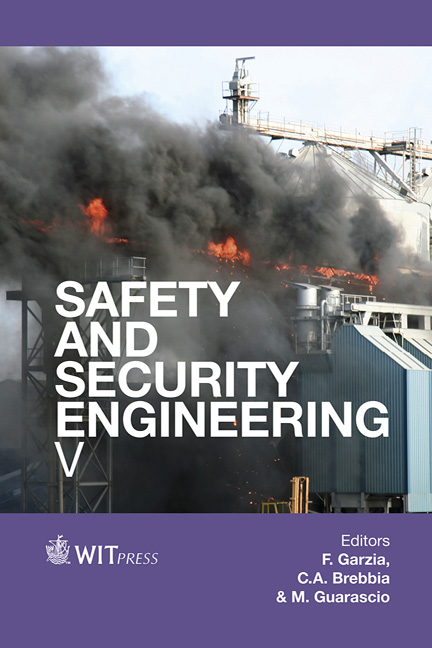Flood Risk Assessment And Management: A Case Study In Rio De Janeiro
Price
Free (open access)
Transaction
Volume
134
Pages
13
Page Range
29 - 41
Published
2014
Size
3,718 kb
Paper DOI
10.2495/SAFE130041
Copyright
WIT Press
Author(s)
M. G. Miguez, A. P. Veról & L. Bianchini
Abstract
Developing countries suffer with the growth of the so-called irregular cities. The lack of basic infrastructure and the inadequate urban growth management lead to urban flood problems. The concept of risk combines the probability of a hazard event with the consequences inflicted to a system. Thus, there are several possibilities of acting in flood risk mitigation: reducing the hazard and/or the system vulnerability. In this context, both structural measures and non-structural measures may be used. Traditional structural measures frequently were associated with river canalisation, dykes and dams. In the last past decades, the concepts of sustainable drainage systems have arisen, tending to control onsource runoff generation. Storage and infiltration measures are planned to diminish the impact of the urbanisation process on the hydrological cycle. Flood mapping, land use regulation and flood proofing constructions appear in this context as non-structural measures. More recently, the concept of river restoration appeared as an alternative. Rivers in more natural conditions and associated with a responsible land use tend to produce an environment with minor risks. In this context, this paper will discuss flood risks related to an urban environment and the choices related with the attempts to mitigate the problem. The Flood Risk Index (FRI), developed by Zonensein et al. (2008) is used to support a quantitative comparison of different design solutions. A case study concerning Mesquita City, in the metropolitan region of Rio de Janeiro, Brazil, is developed. The urban occupation of the city is very dense, with few open spaces and degraded areas. In the overall assessment, river restoration concepts, although limited by the built environment, produced a minor flood risk index, when compared with a traditional alternative. Keywords: flood risk, risk assessment, river restoration.
Keywords
flood risk, risk assessment, river restoration





